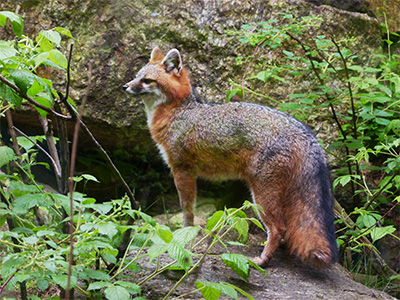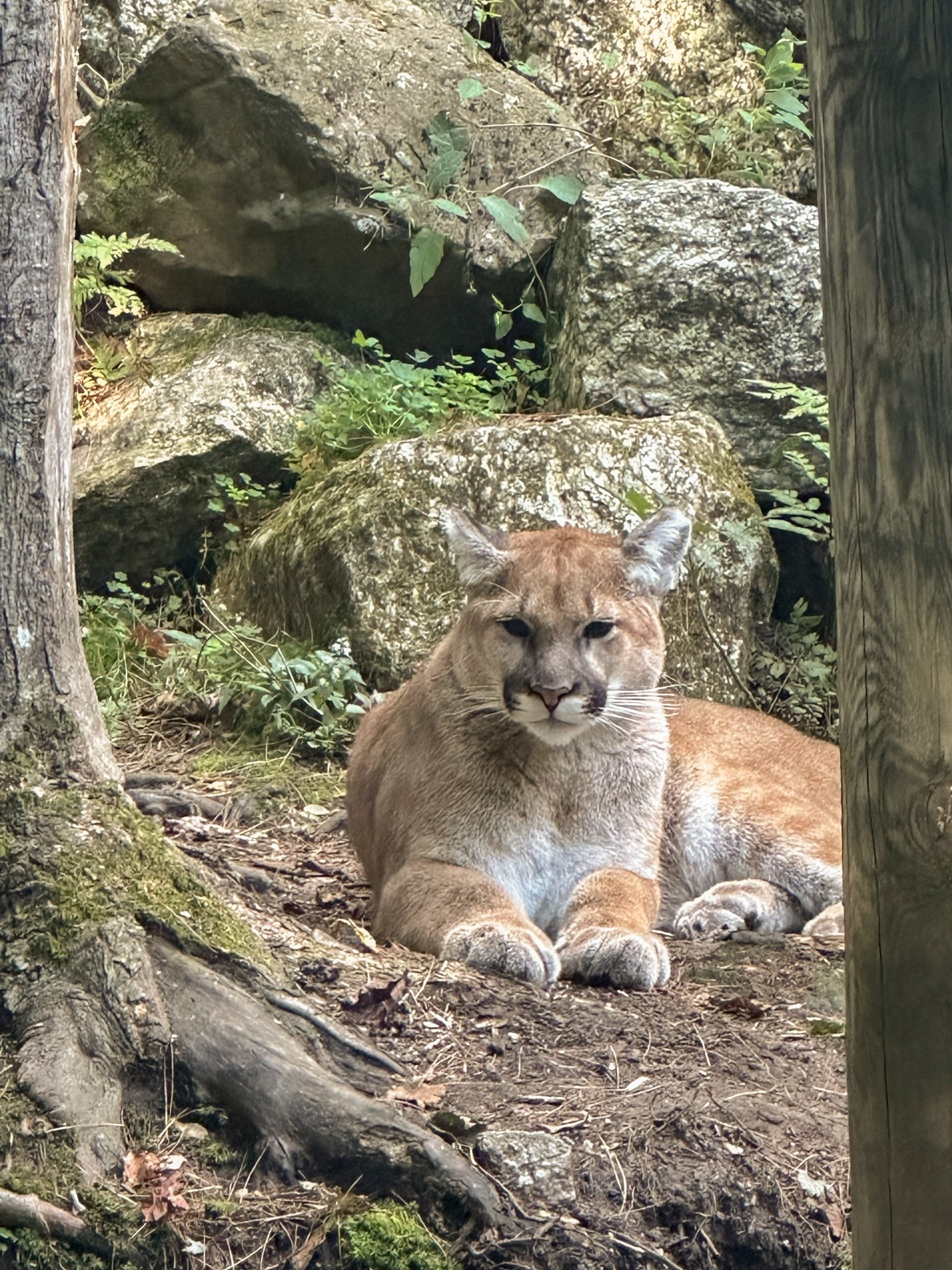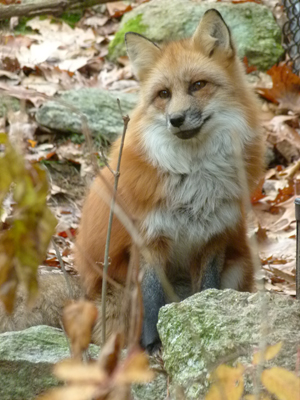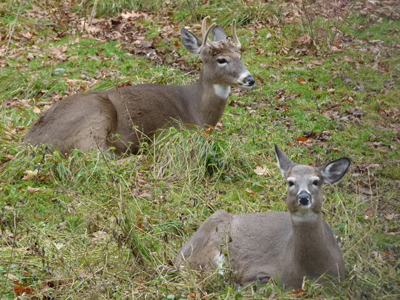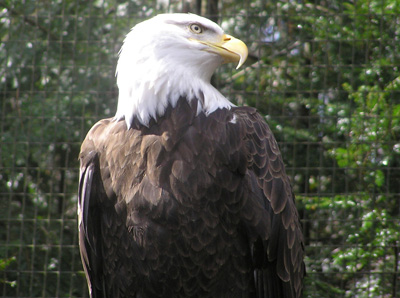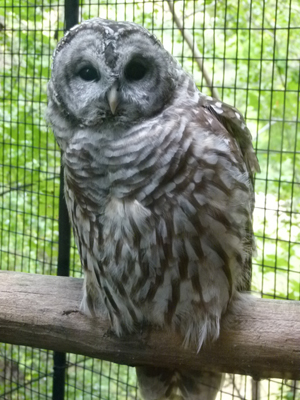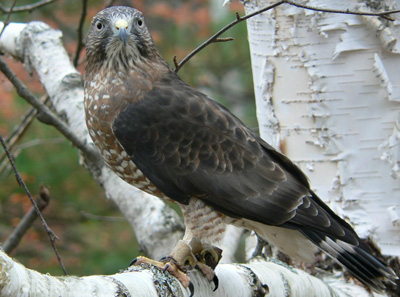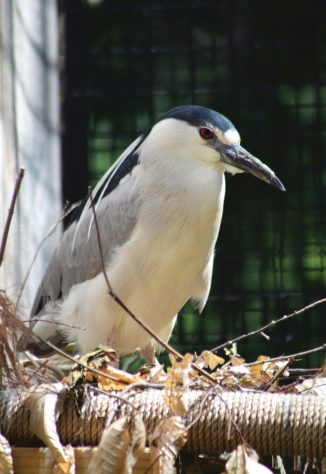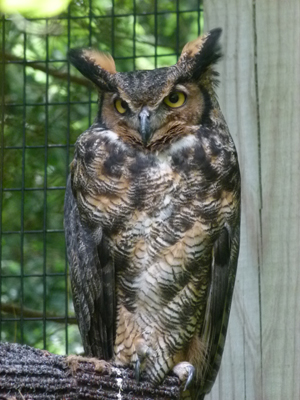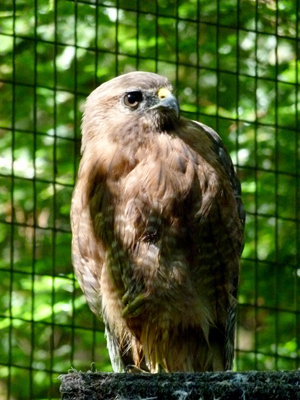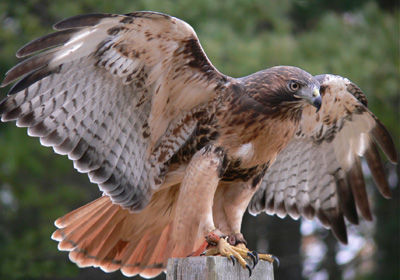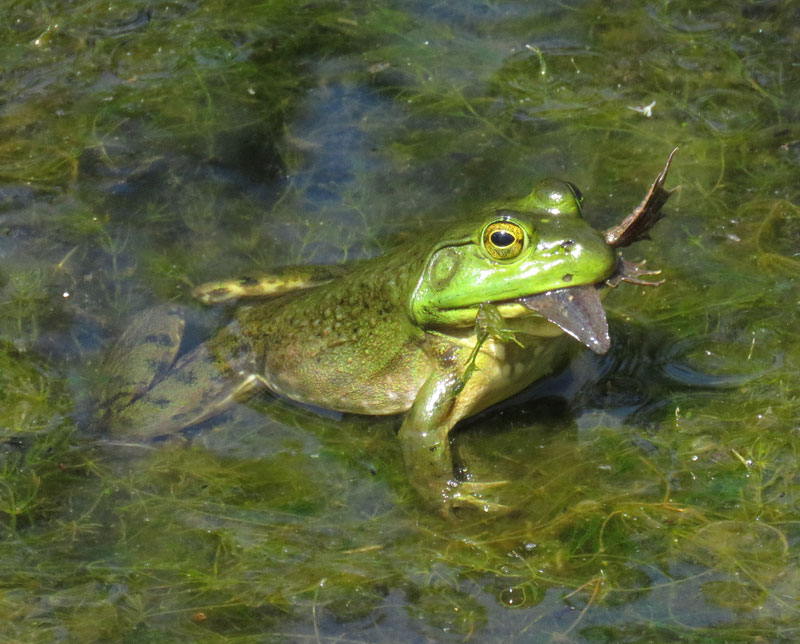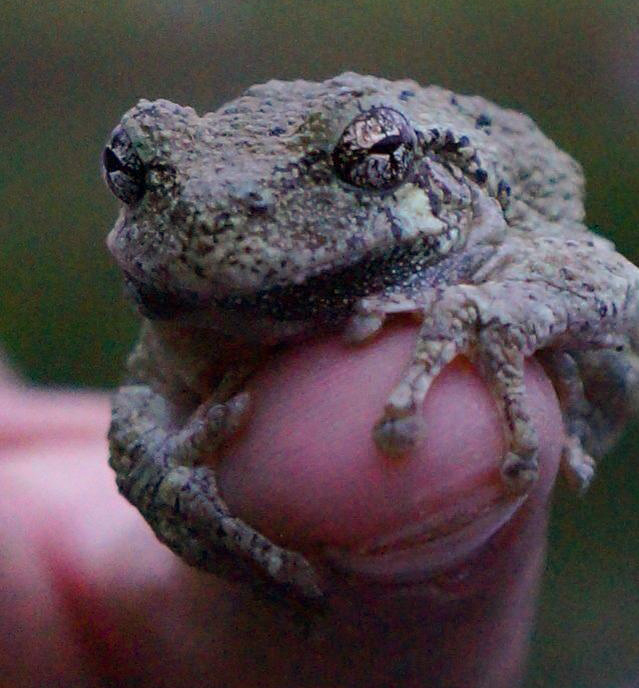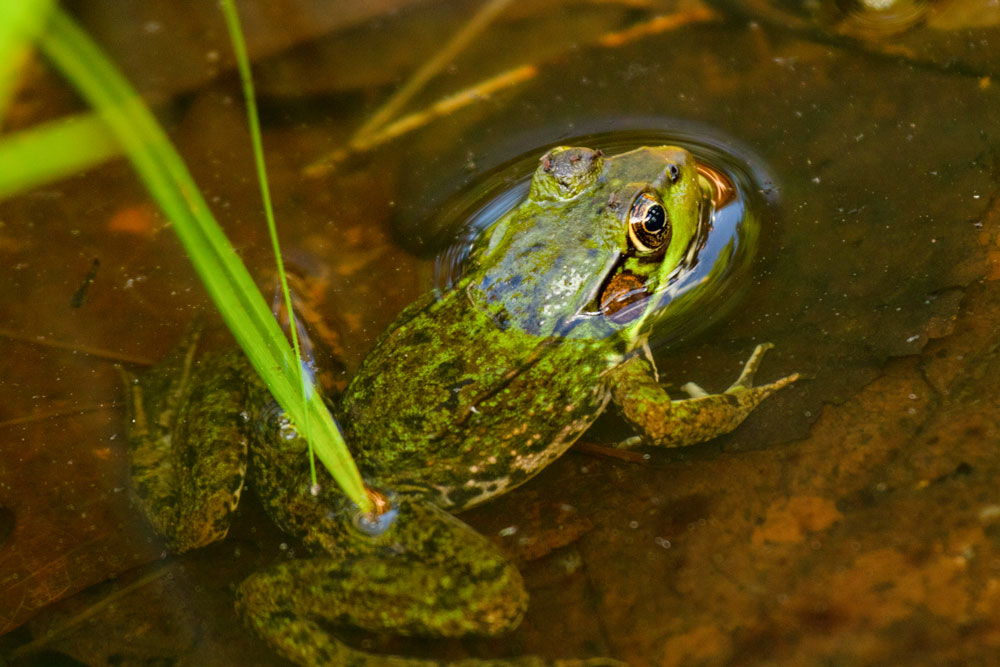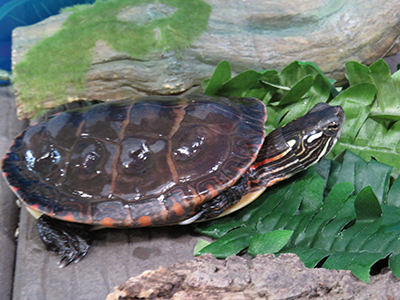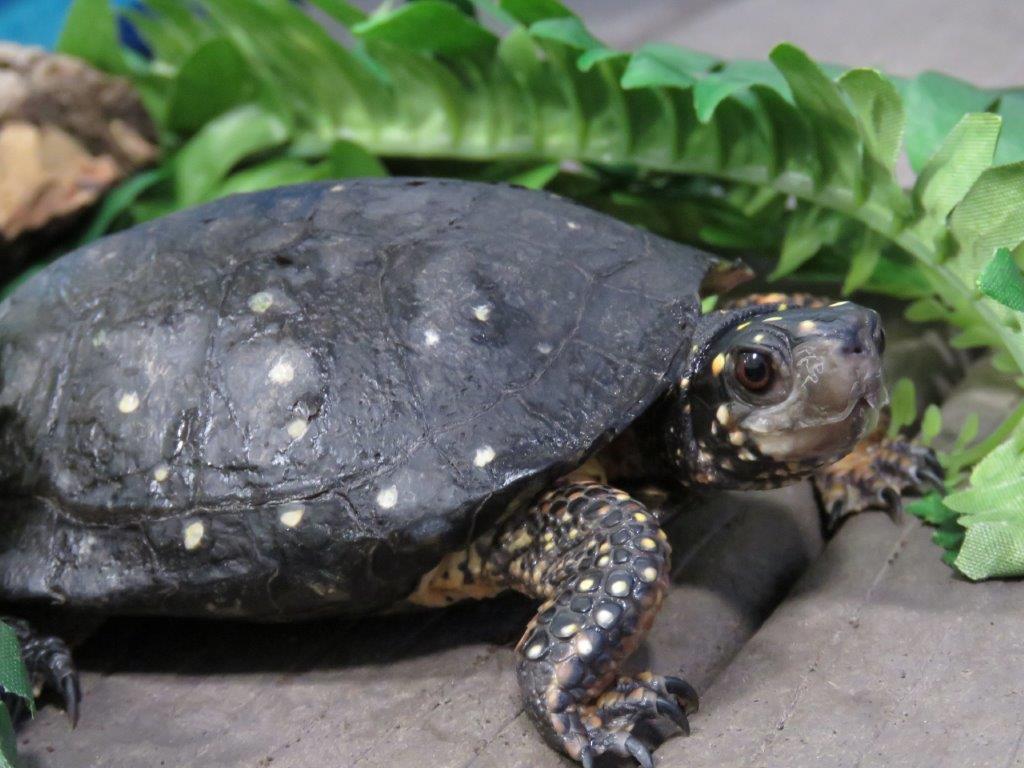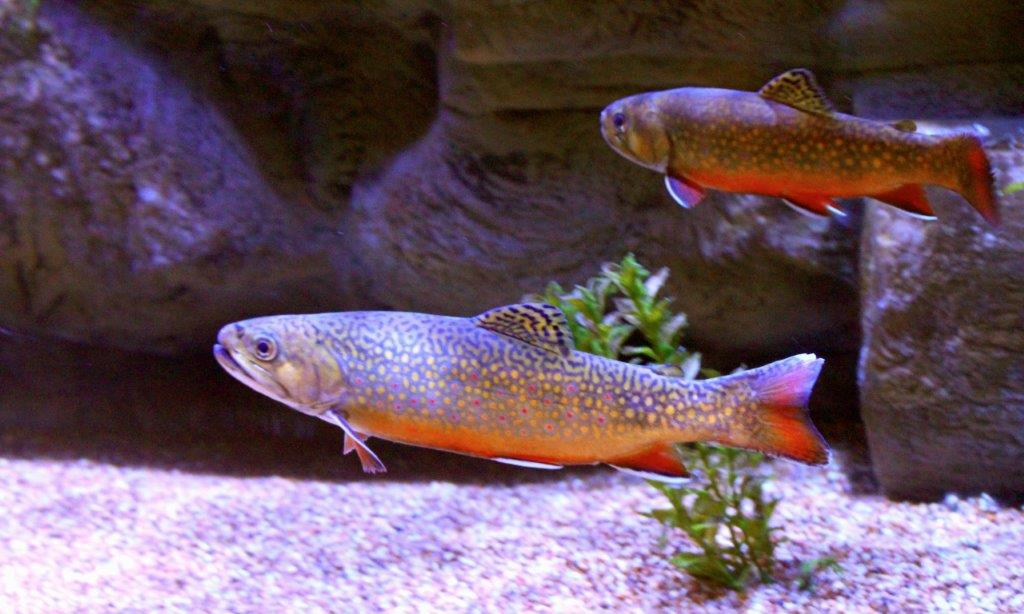River Otter
Lutra canadensis
| Kingdom | Animalia |
|---|---|
| Phylum | Chordata |
| Class | Mammalia |
| Order | Carnivora |
| Family | Mustelidae |
| Genus | Lontra |
| Species | L. canadensis |
| Lifespan | 8-10 years in the wild (up to 20 years in captivity) |
| Size | 35-50 inches long, weight of males 15-20 pounds, females about one-third less |
| Offspring | 2 to 3 kits |
| Status | Common in parts of southern Canada and populations increasing in the eastern United States |
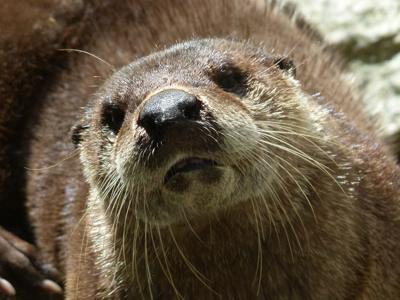
About River Otters
What do river otters look like and what animals are their relatives?
River otters are dark brown, fading to tan on the underside and on the muzzle and throat. Their coats consist of two kinds of fur – a dense, short, oily underfur and long, shiny guardhairs. Streamlined for swimming, with cylindrical bodies and long, tapering, round tails, otters are never far from water. Eyes, plus a flattened dark nose and small rounded ears are towards the top of the skull. Webbed feet greatly enhance an otter’s swimming abilities. Otters are members of the family Mustelidae and thus are related to mink, fisher, weasels and martens.
What kind of habitat to otters prefer?
Masters of the waterways, otters are found in the moving water of rivers and streams as well as in marshes, ponds, lakes, and saltwater. The home range of an otter is typically 3-10 square miles, but may be as large as 60 square miles. A male otter has a larger territory that usually overlaps that of several females. Dens are used in raising the young and may be an old beaver lodge or bank den, a spot under the roots of fallen trees or in hollow logs close to water.
What do otters eat?
While fish make up the major portion of their diet, otters also prey on crayfish, frogs, small mammals, aquatic insects, turtles, water snakes and even eat some plant material like blueberries.
Do otters have some special adaptations?
Otters have special adaptations for living in water that give them to ability to dive to a depth of 60 feet and stay underwater of up to three or four minutes. As they dive below the surface, otters automatically slow their heart rate and concentrate blood flow to the brain and vital organs, thus conserving oxygen. Valves in their ears and nostrils close to exclude water and a clear nictitating membrane (third eyelid) covers and protects the eyes while allowing for good vision. Whiskers two to four inches long are sensitive to underwater vibrations from prey.
Fun Facts!
- Otters can swim at six to seven miles per hour both above and below water.
- Otter slides? Yes, otters will slide down muddy, grassy or snowy slopes and these slides may be up to 25 feet long, usually ending in water.
- Otters are very playful, wrestling and chasing each other and rolling in the water.
- An otter’s fur is waterproof because the oily underfur is so dense and is structured in an interlocking pattern, keeping water away from the otter’s skin.
- Clean water is essential to otters so seeing one indicates a healthy waterway.





